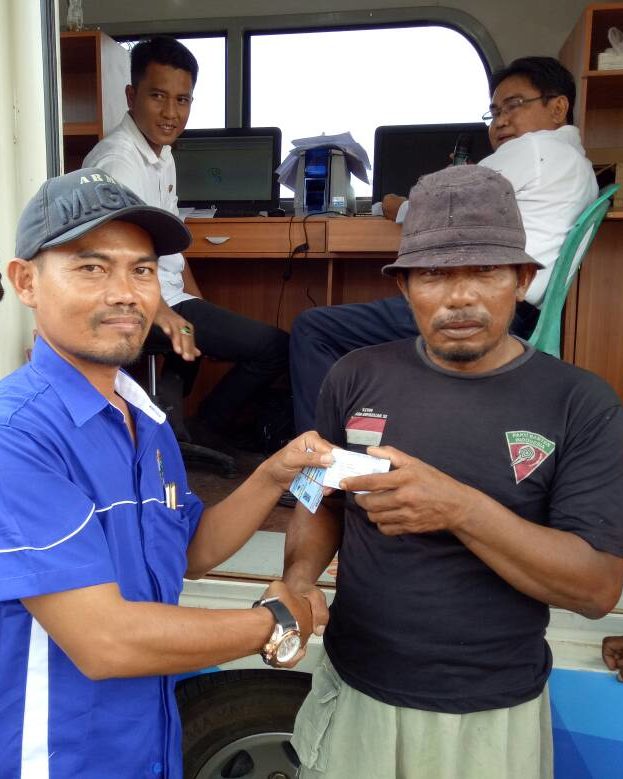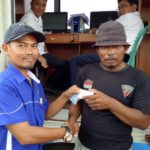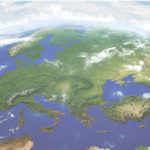Fisheries Improvements & Social Impacts
Many years ago, when I was a hotel manager at a resort in a national marine park, I was roundly castigated for employing poachers as guards and fishermen as boat operators for our visitors. The prevailing sentiment was one of enforcement to protect the national marine park – and the expulsion of the local people. While we had made significant strides in improving enforcement, the local people were facing a social challenge – they had no alternatives.
The recent Interim Policy on Forced Labor, Child Labor, or Human Trafficking by Fisheryprogress.org is a reminder of the challenges the seafood conservation community is facing in the 21stCentury. It is an important step forward for Fisheries Improvement Projects which seek to secure seafood sustainability and it is encouraging to note the role of Conservation International (CI) in developing the Social Responsibility Assessment Tool for the Seafood Sector (full disclosure – I am a former employee of CI). However, I would propose that while it is essential to know that we are “doing no harm” we also need to understand the implications of the decisions inherent in effective FIPs and need to ensure that fishery participants either have a stake in the upside or have an alternative source of income.
Fisheries Improvement Projects (FIPs) have historically focused almost entirely on environmental metrics to date. One of the central issues associated with effective FIPs relates to good governance of the fishery. While there are a myriad of issues associated with “good governance”, I would propose that the willingness of local leaders and harvesters to adopt less impactful fishing practices is directly proportional to their financial gain and / or to their alternative opportunities.
In most of the FIPs we have reviewed or surveyed, there is no mechanism for harvesters to secure any hypothetical “upside” and they have woefully few alternative opportunities. They simply have no way of adapting to the changes – a factor that remains unaddressed in the current FIP framework. Faced with this, is it any surprise that national and local governments are slow to enforce environmentally appropriate regulations?
So, while we congratulate Fisheryprogress.org on this step forward, it is important to keep the broader picture in mind – in an era of dwindling fish stocks, growing populations, fragmented global markets and populist leaders, the likelihood of “environment only” or “no negative” approaches succeeding in restoring fisheries is slim to none – and risks being passed as irrelevant. The sooner we can begin to address the social and financial implications of seafood sustainability, the sooner we will see these initiatives succeed.
Oh – and that marine park? Watamu Marine National Park and its numerous supporters continue to develop innovative solutions to turtle conservation and marine protected areas.





